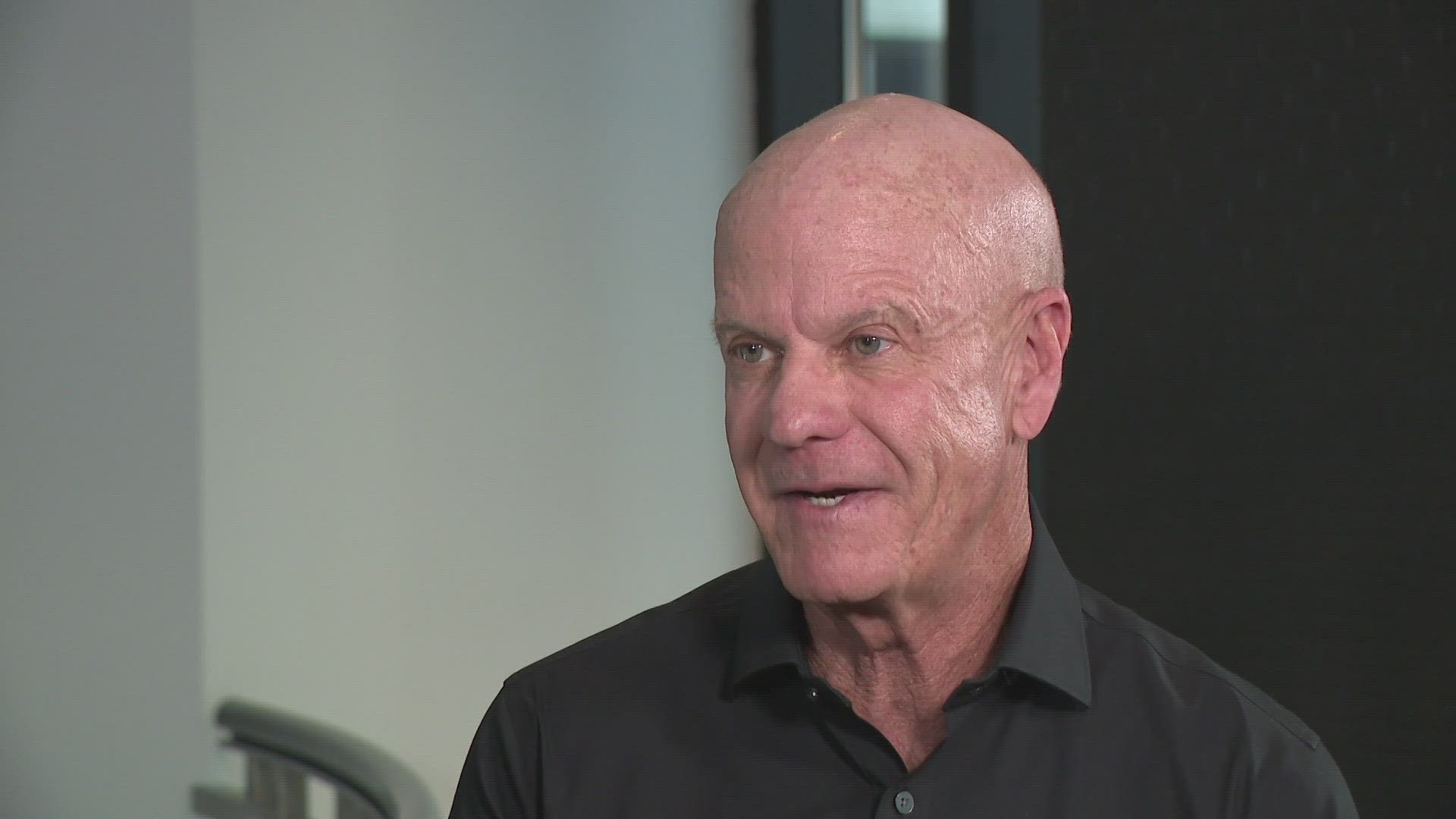WASHINGTON D.C., DC — The body of retired Supreme Court Justice Sandra Day O'Connor will lie in repose in Washington D.C. on Monday, Dec. 18, according to a press release from the U.S. Supreme Court.
O'Connor will lie for public viewing in the Great Hall of the Supreme Court of the United States from 10:30 a.m. to 8 p.m. There will be a private ceremony at the Supreme Court beginning at 9:30 a.m.
A funeral service for O'Connor will be held on Dec. 19 at the National Cathedral and will be an invitation-only private service, according to the court's release.
O'Connor died at age 93 last week. She was a trailblazer: The first woman nominated to the U.S. Supreme Court, before that the first woman elected majority leader in the Arizona State Senate.
During the 1960s Sandra Day O’Connor got her first taste of politics. She volunteered for Republican causes and served on Barry Goldwater’s presidential campaign. In 1965 she landed a prestigious legal position as assistant Attorney General of Arizona.
She was assigned to the state mental hospital as an in-house lawyer.
“That’s when she learned how awful mental health care was in Arizona at the time,” her son, Scott O’Connor, said.
In 1970, she won a seat on the Arizona State Senate, where she became the first woman in the country to serve as a legislative majority leader. Colleagues described her as a respected, even-tempered negotiator. She alluded to the importance of civic discourse during a 12News town hall with young students.
In 1974, Sandra Day O’Connor returned to the courtroom as a Maricopa County Superior Court Judge and then as a member of the Arizona Court of Appeals. Then in 1981, President Ronald Reagan nominated Sandra Day O’Connor to the U.S. Supreme Court, calling her “a woman for all seasons.”
Reagan’s appointment amounted to her being “struck by political lightning,” in Scott O’Connor’s words.
“She was chosen as a woman on her merits, a woman with just good common sense. It made me really patriotic at the time. There have been years since where my patriotism has been tested by various characters on the political scene. But I hold on to that little nugget about how quintessentially American that was,” Scott O’Connor said.
Sandra Day O’Connor’s confirmation was the first to be televised, and it focused largely on whether she would overturn Roe Vs. Wade. She was careful with her words.
“I am opposed to the use of abortion as a form of birth control or other means. The subject of abortion is a valid one in my view for legislative action subject to any constitutional restraints or limitations,” Sandra Day O’Connor was quoted as saying during the hearing.
Her nomination was celebrated across the country and she received weekly bags of mail.
“I heard from women who would say things like this, ‘I cannot describe what delight I felt seeing the headlines … feeling overwhelmingly euphoric and proud’,” Sandra Day O’Connor told PBS.
A swing vote on the court and death threats
Over the next 24 years, the moderate Justice O’Connor became a crucial swing vote on crucial cases.
She was applauded by progressives for decisions relating to civil rights, environmental protections and a 1992 case upholding Roe vs. Wade.
Conservatives counted victories when she cast deciding votes in cases allowing school vouchers, one supporting California’s three strikes law, and the 2000 ruling to end the recount of Bush vs. Gore, solidifying George W. Bush’s election victory.
The case that caused more death threats against her than any other issue, Scott O’Connor said, was a footnote she wrote on an opinion involving whether capital punishment should be applied to a juvenile with developmental disabilities. In forming her opinion, Justice O’Connor researched what other advanced Western democracies did in the same situation
“Whack jobs in the U.S. with their computers posted death threats because she dared do something like that. It wasn’t American enough,” Scott O’Connor said. “But that’s just who she was. She was a ranch girl. She applied common sense.”
Alzheimer’s disease becomes a diagnosis and a cause
Sandra Day O’Connor stepped down from the court in 2005, in large part to support John O'Connor, who had been diagnosed with Alzheimer’s disease.
Justice O’Connor joined an advisory group in Phoenix with the Banner Alzheimer’s Institute and attended regular meetings. She testified before Congress about the importance of federal funding for Alzheimer’s research and became the honorary chair of the Alzheimer's Drug Discovery Foundation, which provides grants to causes not backed by big pharmaceutical companies.
John O’Connor passed away from Alzheimer’s Disease in 2009 at the age of 79. Ten years later, Sandra Day O’Connor announced she had been diagnosed with the beginning stages of Alzheimer’s Disease.
“She went from being an advisor to a patient,” Scott O’Connor said.

